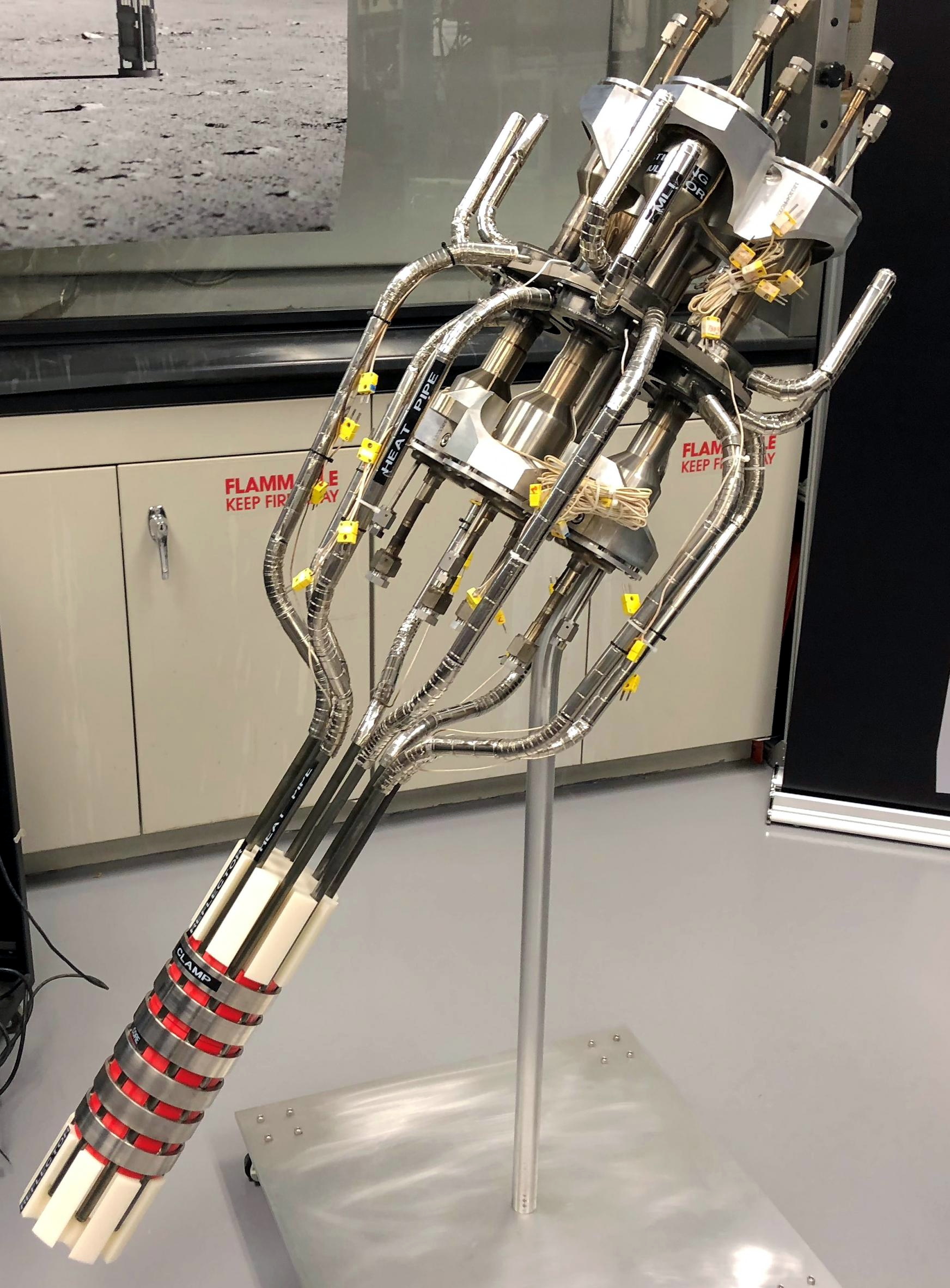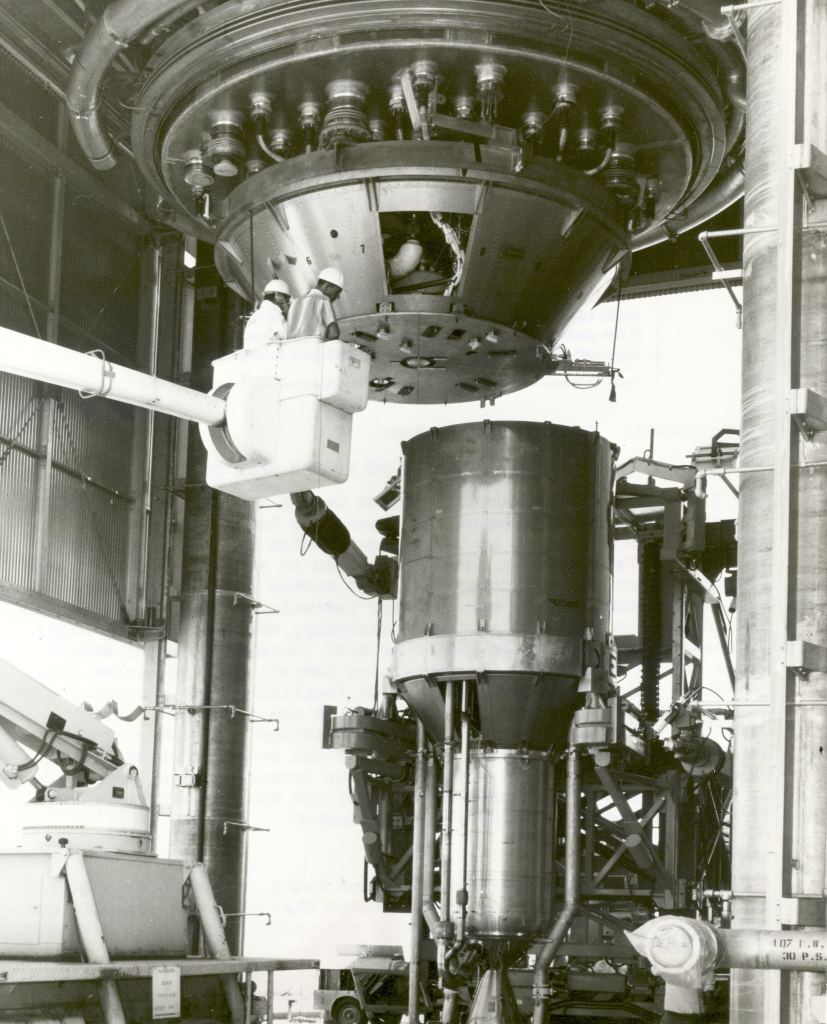

If NASA is to use nuclear propulsion in human missions during the 2030s, it must get started on technology development immediately, the report says. Nuclear electric propulsion (NEP) converts heat from a fission reactor to electrical power, like a power plant on Earth, and then uses this energy to produce thrust by accelerating an ionized propellant, such as xenon. Nuclear thermal propulsion (NTP) involves a rocket engine in which a nuclear reactor replaces the combustion chamber and burns liquid hydrogen as a fuel. The committee was not asked to recommend a particular technology, each of which rely on nuclear reactions but work differently. "One of the primary takeaways of the report is that if we want to send humans to Mars, and we want to do so repeatedly and in a sustainable way, nuclear space propulsion is on the path," said Bobby Braun, director for planetary science at the Jet Propulsion Laboratory and co-chair of the committee that wrote the report, in an interview. Conducted at the request of NASA, a broad-based committee of experts assessed the viability of two means of propulsion-nuclear thermal and nuclear electric-for a human mission launching to Mars in 2039. Even in favorable scenarios where Earth and Mars line up every 26 months, a humans-to-Mars mission still requires 1,000 to 4,000 metric tons of propellant.Ī new report from the National Academies of Sciences, Engineering, and Medicine offers some answers about two such ways. The main reason is that it takes a whole lot of rocket fuel to send supplies and astronauts to Mars. That's a problem. NASA has a couple of baseline missions for sending four or more astronauts to Mars, but relying on chemical propulsion to venture beyond the Moon probably won't cut it.

But none are better or faster for humans than chemical propulsion. Since then, a few new in-space propulsion techniques have been devised. This has its advantages, such as giving NASA the ability to start and stop an engine quickly, and the technology was then the most mature one for space travel. Many challenges confront NASA and other would-be Mars pioneers when planning missions to the red planet, but chief among them is the amount of propellant needed.ĭuring the Apollo program 50 years ago, humans went to the Moon using chemical propulsion, which is to say rocket engines that burned liquid oxygen and hydrogen in a combustion chamber.

Getting humans to Mars and back is rather hard.


 0 kommentar(er)
0 kommentar(er)
